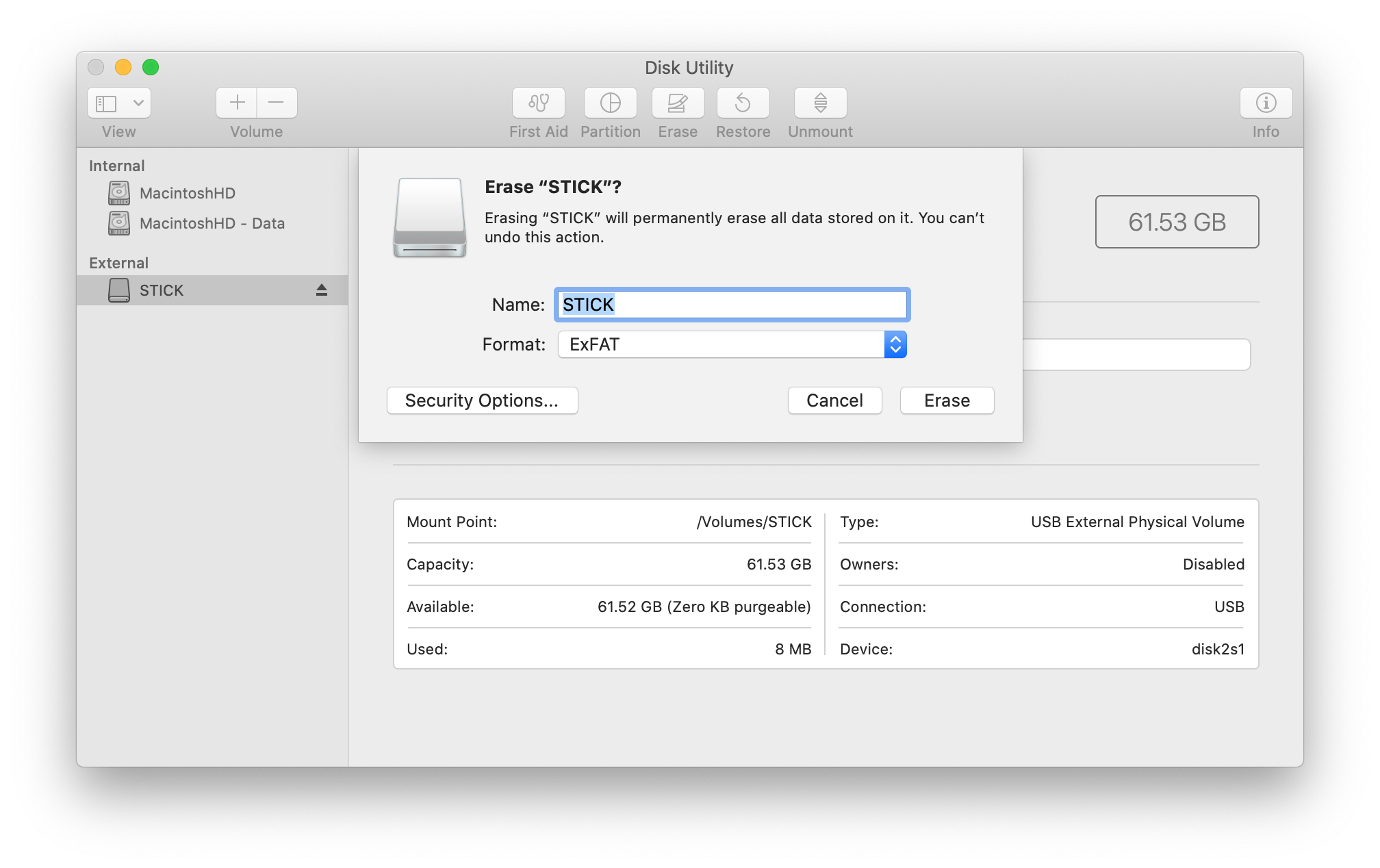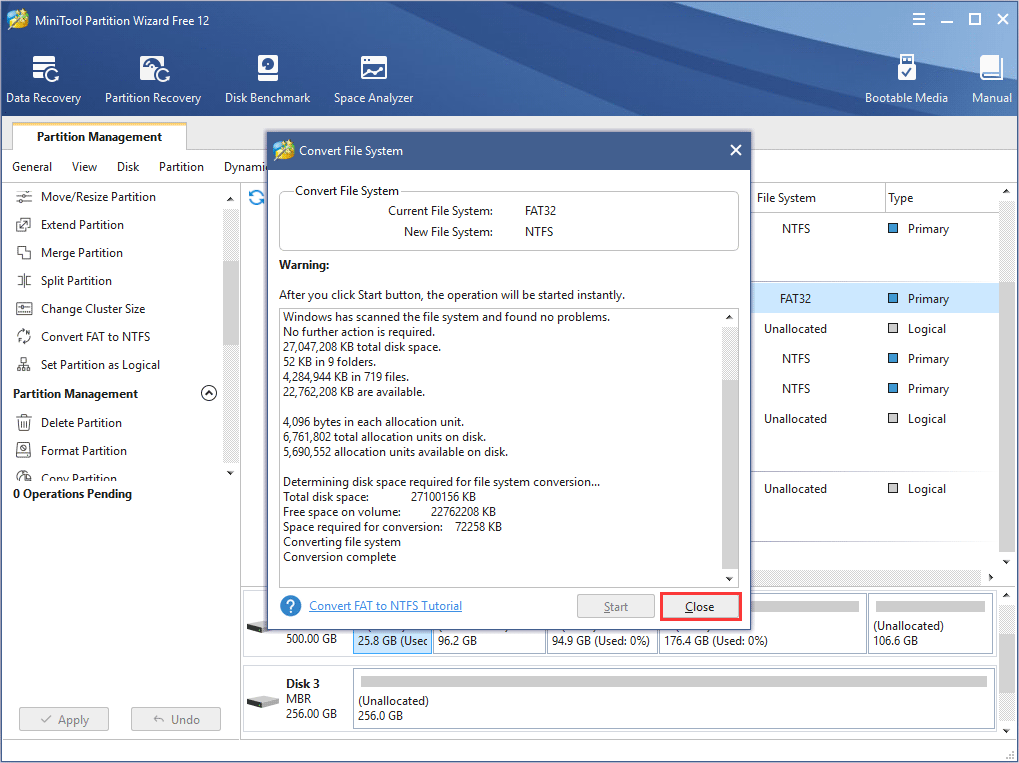

I have successfully run an earlier version of this VM (albeit over a year ago) from this same external drive and laptop, with very good performance, albeit on VMware Fusion 8.ĭoes anyone have any insight as to why I'm getting such delays since moving this VM to an external drive? The Blackmagic text reports write speeds of just under 300 MB/s and read speeds of over 420 MB/s on the external drive, which should be plenty fast to run this VM. I ran a speed test on the external SSD and am confident that the drive is performing normally. T12:46:24.707-07:00| vmx| I125: ide0:0: Command WRITE(10) took 2.119 seconds (ok)ĬPU utilization doesn't seem to be a factor as there is low CPU utilization on both the host and guest.

The optimal formats for MacOS is APFS or Mac OS Extended Journaled. T12:46:19.216-07:00| vmx| I125: ide0:0: Command READ(10) took 2.235 seconds (ok) ExFat has limitations on the amount of information that can be read and written at a time, which will cause serious performance issues if using a drive formatted to ExFat as a result. Because if there is no major advantage (speed, stability) - I might as well go with ExFat for multi-OS support. T12:46:05.655-07:00| vmx| I125: ide0:0: Command WRITE(10) took 2.088 seconds (ok) Im wondering which file system should I format it to Im probably gonna use it exclusively on Mac, but I wanna know if there is any advantage to APFS vs. There is obviously something going on with the virtualized hard disk on the external drive as I am now seeing constant entries like the following in my vmware.log every few seconds:

The VM performed superbly from the MacBook's internal SSD prior to moving it to the external.
EXFAT VS MAC OS EXTENDED JOURNALED SPEED PRO
I just recently moved my VM from my MacBook Pro (15" Mid-2015, 16 GB of RAM VMware Fusion pid=20152 version=8.5.3 build=build-4696910) to an external Samsung 850 Pro SSD in a USB 3.0 enclosure and the VM (Windows 2012 Server) completely locks up with a spinning beach ball for a few seconds at a time.


 0 kommentar(er)
0 kommentar(er)
